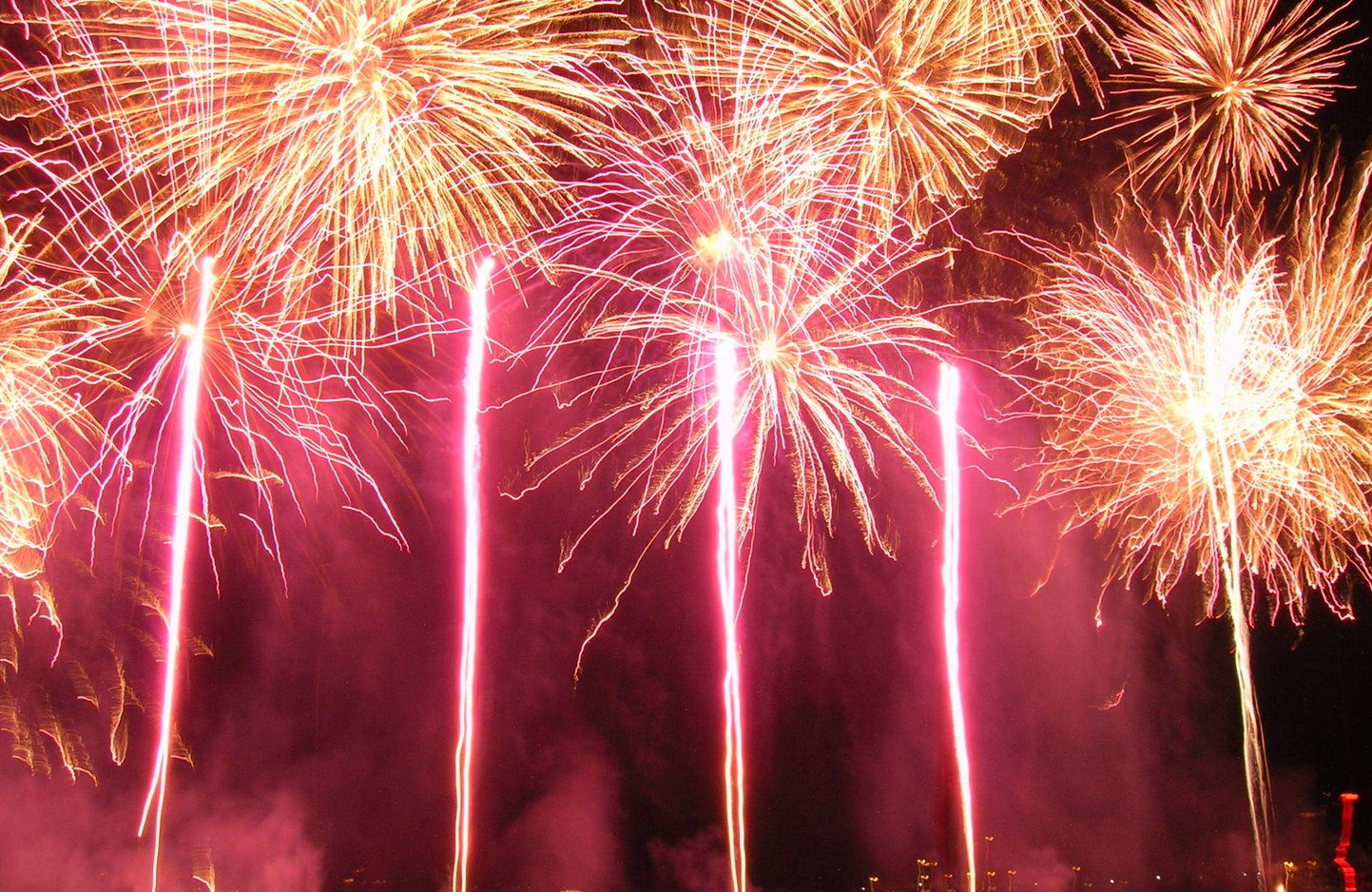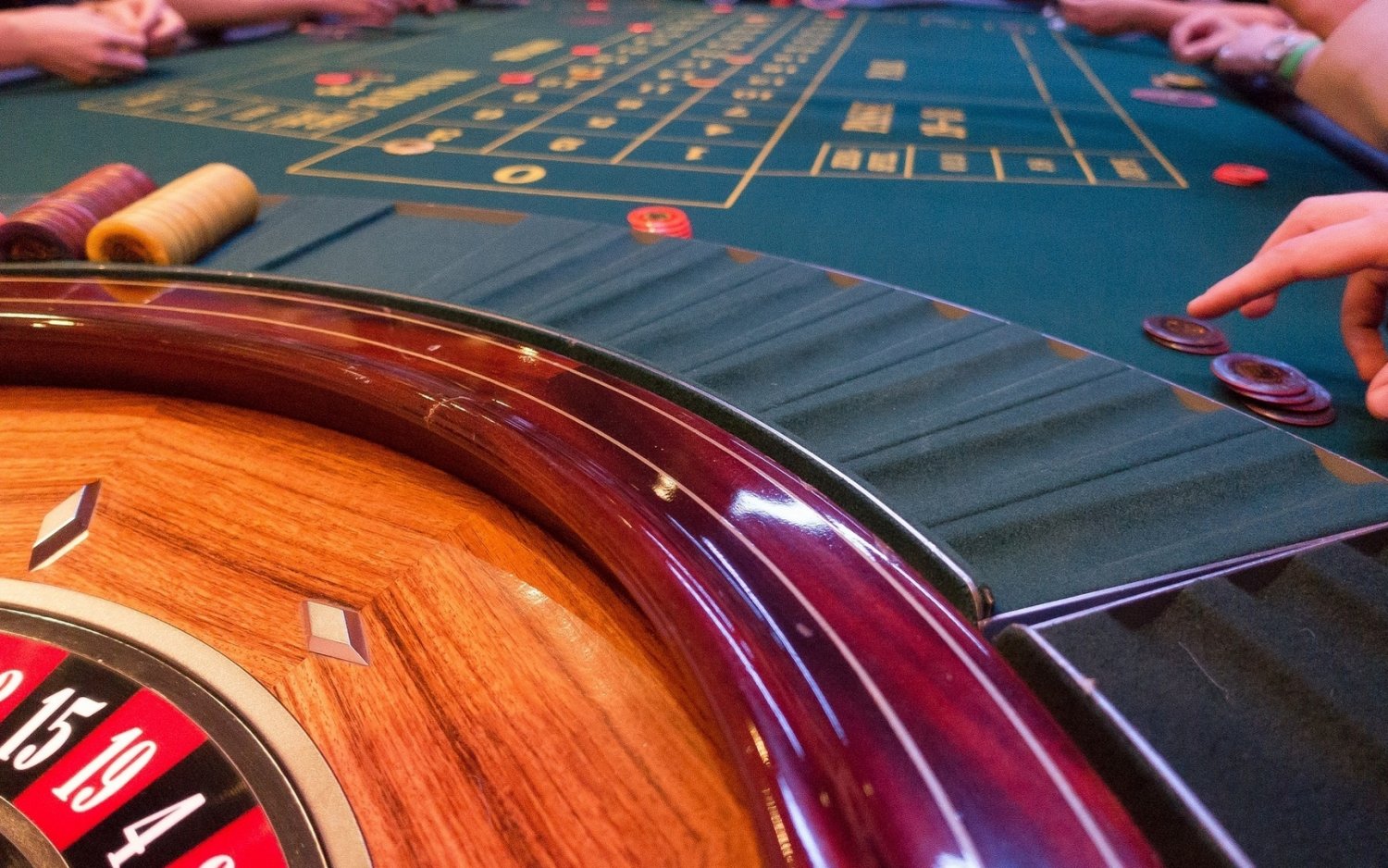VENICE CARNIVAL is one of the most characteristic and oldest in the world. It dates back to 1094, when it is thought the Serenissima, to defuse the discontent created by its rigid regime particularly among the humbler classes, decided to grant its citizens a period of fun and distraction.
During a period which officially lasted the six weeks from Christmas to Ash Wednesday but which in fact started as early as October, the Venetians put work and business in second place and dedicated themselves to fun, parties, spectacles, practical jokes of all kinds, gambling and other games in squares, theatres, cafés, private homes and stately mansions throughout Venice.
During the carnival, Venice was transformed into a giant stage where masks, colours and play represented the high spirits, light-heartedness and transgression of the Venetian people.
An essential and decisive element for the Venice Carnival was anonymity, achieved by the use of masks and costumes.
Costumes made the person wearing them unrecognisable, eliminating all social and personal differences. Citizens could thus assume the behaviour of the masks they wore and let off steam making fun and denigrating the authorities, while the aristocracy could lose large sums of money at gambling without being recognised. Everyone could do things which their social and economic condition would not otherwise permit.
One of the most characteristic Venice Carnival masks is the Bauta, a white mask worn with a black cloak. Its form leaving the bottom half of the face exposed enables the wearer to eat and drink without unmasking.
The mask was used not only during the carnival, but also for the theatre, parties, or when courting to avoid being recognised.
Another typical costume was the Gnaga used by men to dress up as women. The men wore normal garments with a Cat mask and were followed by other men dressed as children.
Another curious costume was the Moretta, a woman’s mask also known as the servetta muta (mute servant) as it consisted of a velvet mask kept on the face by means of a button held in the mouth.




